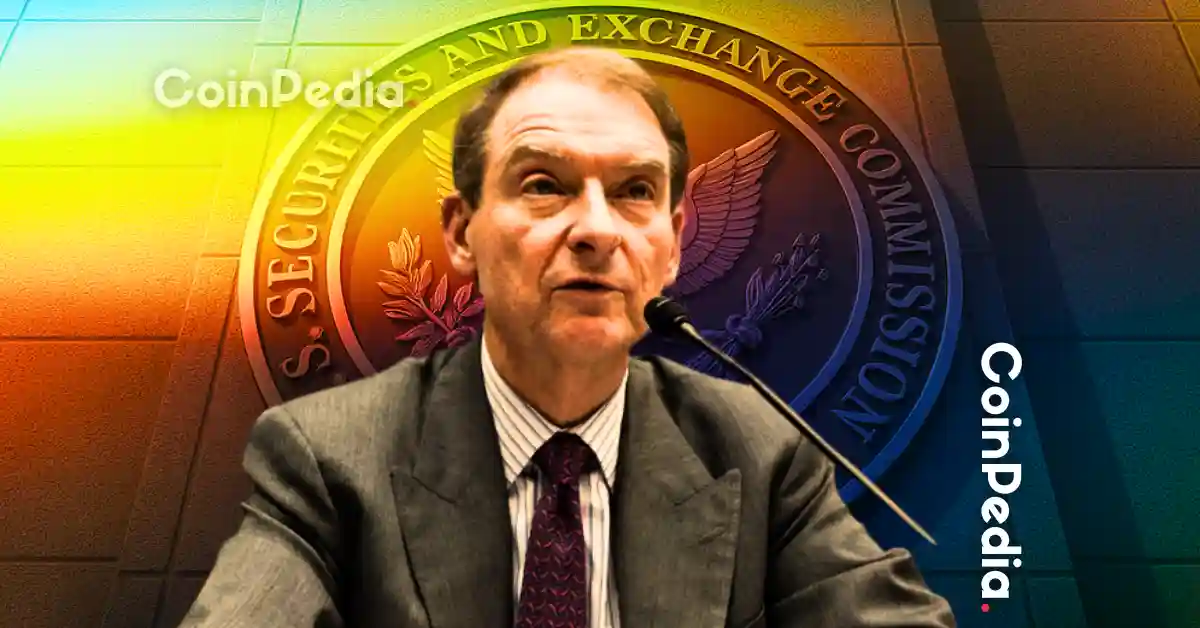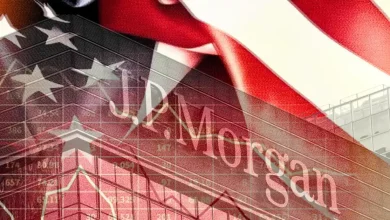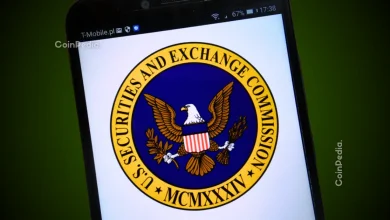
Bloomberg's Matt Levine says the SEC can no longer ban crypto as it's too big and too global.
With Gensler stepping down, the SEC is shifting from crackdown to clearer crypto regulation.
Trump’s digital asset push signals growing support for mainstream crypto adoption in the U.S.
The idea of banning crypto in the U.S. is officially off the table – at least according to Bloomberg columnist and ‘Money Stuff’ author Matt Levine.
In a recent op-ed, Levine writes, “That ship has sailed.” Despite the risks and “lots of dumb stuff” in crypto, he says the industry has grown too big and too global for the SEC to shut it down now.
But ignoring it isn’t an option either. With crypto here to stay, the only realistic path is proper regulation. Things are moving ahead, but is it enough?
SEC Must Change Its Approach
Levine believes the SEC is still the best agency to regulate crypto but not by forcing digital assets into outdated rules made for stocks.
“Many crypto projects are securities-ish… but they are not quite the same thing as stock, and those protections should be tailored to what they are,” he explains.
Under former SEC Chair Gary Gensler, the agency took a hard stance treating nearly all crypto tokens as securities and cracking down through lawsuits. That approach, Levine says, was more hostile than helpful.
Now, with Chair Paul Atkins taking a different direction, things may shift. His new initiative, Project Crypto, aims to make it easier for token issuers to register their assets in a way that fits the nature of crypto and not traditional stocks.
How Gensler’s Policies Hurt the Market
Gensler’s enforcement-first approach frustrated the industry but also triggered real damage.
A research study analyzing SEC enforcement found that crypto prices dropped by an average of 5.2% within three days of each announcement and 17.2% over the following month. Trading volumes also fell sharply, especially for smaller or riskier tokens.
Without clear rules, investors pulled back, and markets became more fragile. Even major tokens weren’t safe, as the uncertainty spread across the ecosystem.
The worst seems to be behind us now.
Trump’s Digital Push Is Changing the Game
On July 30, the White House released a 166-page report titled “Strengthening American Leadership in Digital Financial Technology.” The goal was to support digital innovation, end regulation by enforcement, and focus on bad actors and not the entire crypto sector.
JPMorgan CEO Jamie Dimon said, “We’re going to be in it and learning a lot, and [a] player,” when asked about stablecoins.
Banks could soon offer tokenized investments or stablecoin services. It won’t happen overnight, but the shift is underway.
What Comes Next for the SEC?
Levine puts it plainly that the SEC has three options – ban crypto, ignore it, or regulate it properly. The first two are no longer realistic.
“The only choice left is ‘we will regulate crypto, but in a way that you like,’” he writes.
With Gensler gone and the U.S. government pushing for smarter digital asset laws, crypto regulation in America is entering a new phase.
Never Miss a Beat in the Crypto World!
Stay ahead with breaking news, expert analysis, and real-time updates on the latest trends in Bitcoin, altcoins, DeFi, NFTs, and more.
And this time, it looks good for the industry!
FAQs
No – experts confirm crypto is “too big to ban” in the US, with regulators now focusing on tailored rules rather than prohibition under new SEC leadership.
The SEC’s new “Project Crypto” aims to create token-specific registration instead of forcing digital assets into traditional securities frameworks.
Gensler’s enforcement-heavy strategy caused 17.2% average crypto price drops, reduced trading volumes, and created market uncertainty without clear rules.
Yes – major banks like JPMorgan are preparing to enter crypto, with stablecoins and tokenized assets likely being their first offerings.
Trust with CoinPedia:
CoinPedia has been delivering accurate and timely cryptocurrency and blockchain updates since 2017. All content is created by our expert panel of analysts and journalists, following strict Editorial Guidelines based on E-E-A-T (Experience, Expertise, Authoritativeness, Trustworthiness). Every article is fact-checked against reputable sources to ensure accuracy, transparency, and reliability. Our review policy guarantees unbiased evaluations when recommending exchanges, platforms, or tools. We strive to provide timely updates about everything crypto & blockchain, right from startups to industry majors.
Investment Disclaimer:
All opinions and insights shared represent the author's own views on current market conditions. Please do your own research before making investment decisions. Neither the writer nor the publication assumes responsibility for your financial choices.
Sponsored and Advertisements:
Sponsored content and affiliate links may appear on our site. Advertisements are marked clearly, and our editorial content remains entirely independent from our ad partners.








